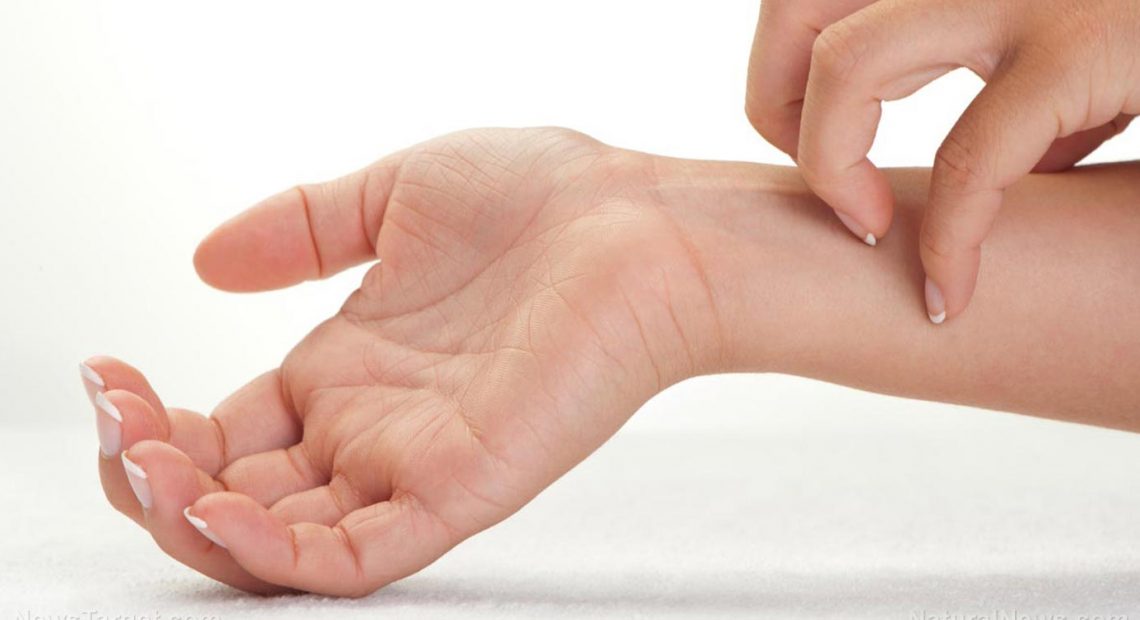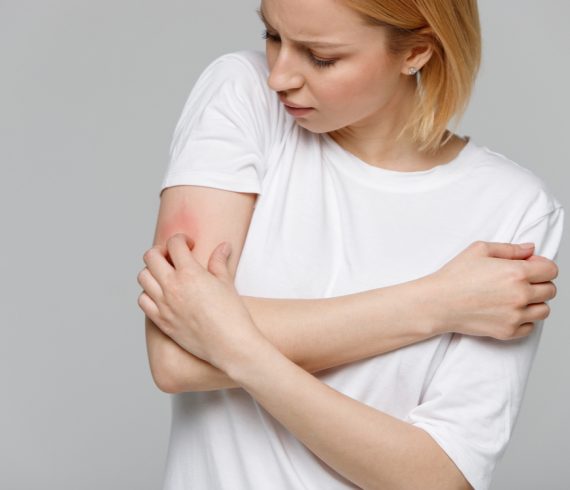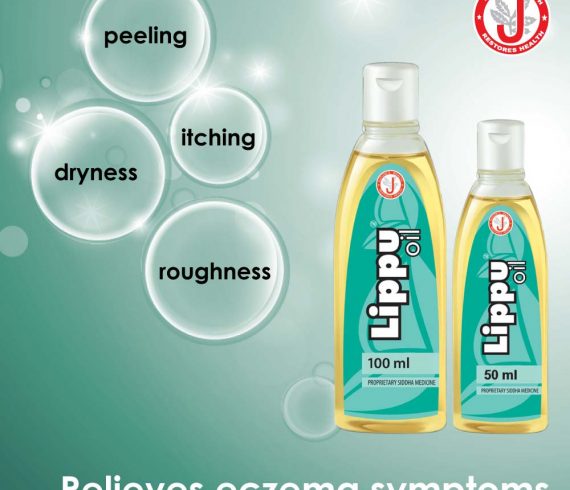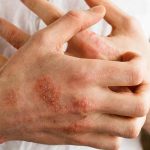

Cutaneous fungal infections involve the skin, hair, and nails. The cutaneous mycoses are mainly caused by dermatophytes (such as Trichophyton sp., Microsporum sp. and Epidermophyton sp.) or by Candida sp.
The desquamated stratum corneum (top layer of skin) cells form an ideal substrate for these fungi to colonise and multiply.
The common symptoms are
- Peeling, cracking, and scaling
- Redness, blisters or softening and breaking down of the skin
- Itching, burning or both
- Hypopigmentation
Therefore to treat cutaneous fungal infection, a topical therapy which
- has antifungal activity and treat the infection
- removes the stratum corneum cells and nullify the fungal adhesion
- helps in reducing the associated problems and has no side effect can be effective.
The incidence of cutaneous mycoses and the resistance to the antifungal agents is growing in an alarming proportion all over the world.
Hence, a new treatment approach with broad range of activity is obviously required to reduce the incidence of fungal infection sooner than ever.









